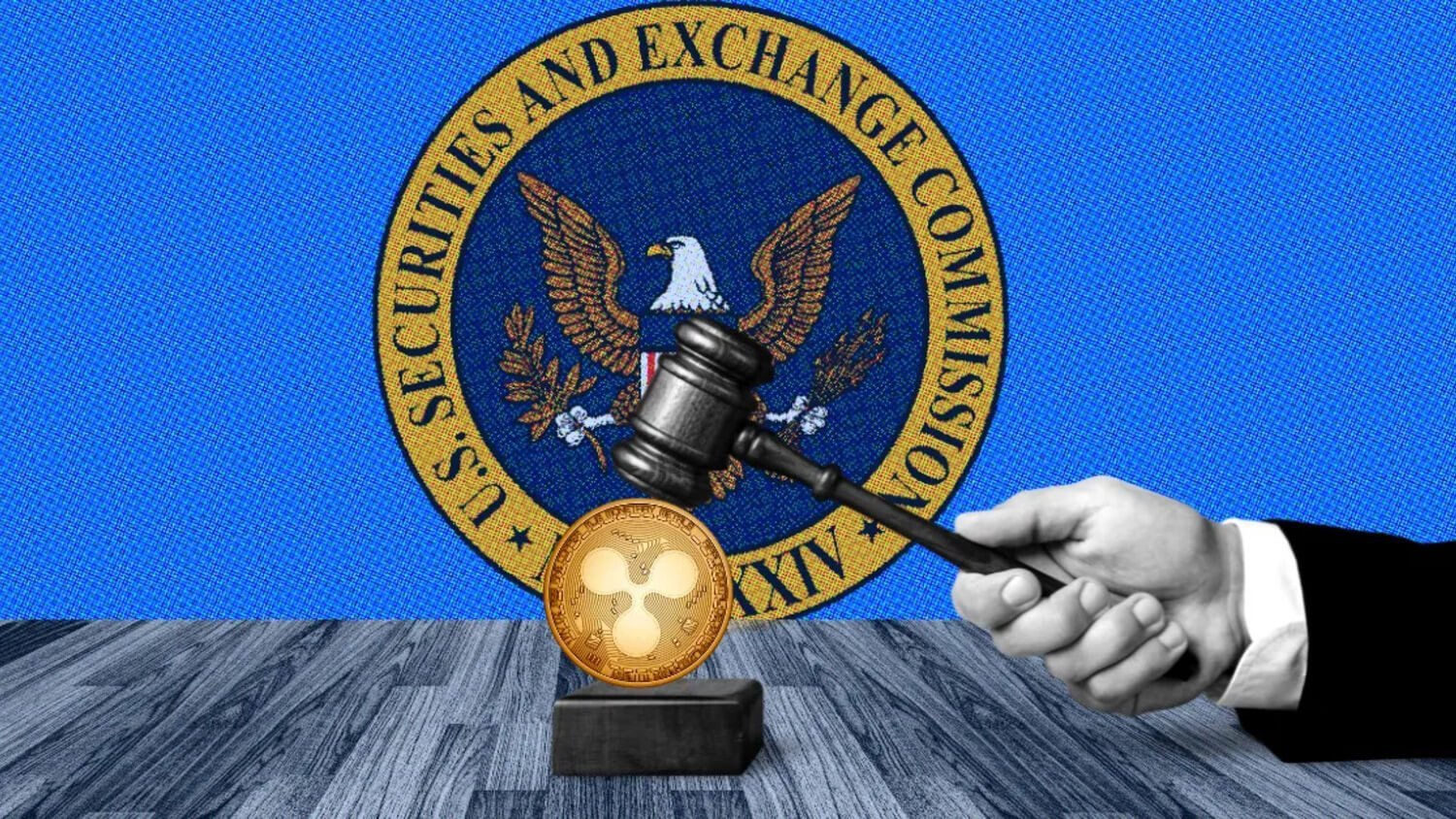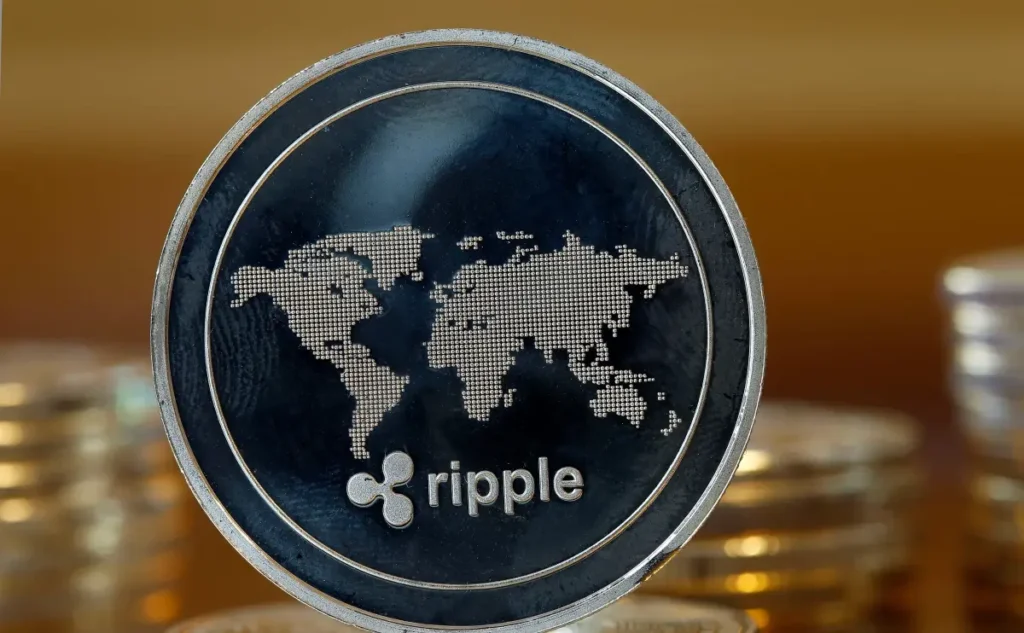Recent events involving Bitcoin and XRP have garnered significant interest worldwide in the rapidly evolving realm of cryptocurrencies. Legal difficulties continue to affect Ripple Labs substantially, resulting in XRP values dropping below the critical $2.20 mark. The flagship digital asset, Bitcoin (BTC), has experienced a notable downturn, falling to approximately $104,000. This paper thoroughly analyzes the latest XRP news, the implications of Ripple’s increasing legal risks, and their broader impact on bitcoin market dynamics.
Since late 2020, Ripple Labs, the blockchain technology developer of XRP, has been embroiled in a continuous legal conflict with the U.S. Securities and Exchange Commission (SEC). Claiming XRP qualifies as a security under U.S. law, the SEC claims Ripple carried out an unregistered securities offering using XRP tokens. This lawsuit not only affects Ripple but also the entire crypto sector, as it has the potential to set guidelines for managing digital assets.
 Recently, Ripple’s legal situation has deteriorated significantly. Essential court decisions and the SEC’s fresh zeal in punishing have heightened investor anxiety. Legal professionals note that if Ripple loses the case, XRP may face delisting from major cryptocurrency exchanges, which could impact liquidity and erode market confidence. This growing risk is the leading cause of XRP’s price weakness, which has caused it to fall below the $2.20 threshold—a level investors considered a psychological support.
Recently, Ripple’s legal situation has deteriorated significantly. Essential court decisions and the SEC’s fresh zeal in punishing have heightened investor anxiety. Legal professionals note that if Ripple loses the case, XRP may face delisting from major cryptocurrency exchanges, which could impact liquidity and erode market confidence. This growing risk is the leading cause of XRP’s price weakness, which has caused it to fall below the $2.20 threshold—a level investors considered a psychological support.
Ripple’s legal problems have effects that extend beyond price changes. The case raises important questions about regulatory clarity and the potential direction of token classification in the United States. As regulatory authorities worldwide monitor this case, the outcome for Ripple could impact national policies in regions such as the European Union, Japan, and Singapore. Notably, Ripple CEO Brad Garlinghouse has been outspoken in denouncing the SEC’s strategy and advocating for more transparent rules that support innovation while safeguarding investors.
XRP Price Drop Amid Legal Uncertainty
The current price drop of XRP shows a general market reluctance resulting from legal ambiguities. The decline below $2.20 is noteworthy, as it indicates a departure from past support levels established during the initial rallies of Bitcoin in 2023. Further downside risks concern traders and institutional investors, particularly given the prolonged legal dispute with no obvious end in sight.
External elements influencing market moods can include wider macroeconomic conditions and the volatility of the Bitcoin market. Speculative trading and regulatory news drive the cryptocurrency market, exhibiting price swings influenced by legal events and investor confidence. The decrease in XRP reflects the widespread risk-off attitude among traders, as it corresponds with the decline of Bitcoin.
Moreover, investors closely observe Ripple’s alliances and business strategy, focusing on XRP cross-border payments and remittances. With partnerships from nations like the United Arab Emirates and Brazil, highlighting the pragmatic use of XRP as a liquidity instrument, Ripple expands its network worldwide, despite facing legal challenges. For long-term investors who view Ripple’s goal beyond the legal narrative, this basic use case provides a cushion of hope.
Bitcoin’s Price Decline
Bitcoin, the pioneer cryptocurrency and the largest by market capitalization, has also experienced a recent decline in price, currently sitting at approximately $104,000. Although this price is still significantly higher than past averages, it represents an apparent decline from Bitcoin’s all-time high of nearly $120,000.
Several factors contribute to the decline of Bitcoin. Price corrections occur due to regulatory scrutiny by governments worldwide, inflation, interest rate increases that raise concerns, and investor profit-taking. Furthermore, affecting BTC’s short-term price dynamics are market correlations with conventional assets and evolving views on central bank digital currencies (CBDCs).
The market behavior of Bitcoin usually determines the direction of cryptocurrencies, including XRP. Due to investor psychology and portfolio rebalancing techniques, cryptocurrencies often follow suit when Bitcoin exhibits volatility. The BTC adjustment to $104k could cause some investors to cut their exposure to riskier assets, therefore influencing XRP and other coins.
Notwithstanding this brief decline, Bitcoin’s robust infrastructure, widespread acceptance, and reputation as a digital store of value support its long-term future. Prominent investors, such as Cathie Wood, and industry leaders like MicroStrategy CEO Michael Saylor continue to support Bitcoin as a hedge against financial volatility and inflation.
Global Regulatory Challenges and Market
The intersection of Ripple’s legal issues with Bitcoin’s price movement highlights broader market and regulatory concerns facing the Bitcoin ecosystem. Still, the most time-sensitive issue for developers and crypto investors is regulatory clarification. Countries all around the world are discussing systems for digital assets while balancing investor protections with creative incentives.
 Legislators, attorneys, and business executives who stress the need for a harmonized worldwide regulatory approach have taken notice of the SEC case against Ripple. Best practices for crypto control are under active discussion at institutions such as the Financial Action Task Force (FATF) and the International Organization of Securities Commissions (IOSCO). Their work might result in uniform criteria affecting XRP, Bitcoin, and other cryptocurrencies.
Legislators, attorneys, and business executives who stress the need for a harmonized worldwide regulatory approach have taken notice of the SEC case against Ripple. Best practices for crypto control are under active discussion at institutions such as the Financial Action Task Force (FATF) and the International Organization of Securities Commissions (IOSCO). Their work might result in uniform criteria affecting XRP, Bitcoin, and other cryptocurrencies.
From an investment standpoint, to mitigate volatility, market players are increasingly turning to on-chain analytics, institutional adoption patterns, and macroeconomic indicators. While major exchanges like Coinbase and Binance adjust their listing policies in response to legislative developments, platforms such as Glassnode and Coin Metrics provide real-time data on network activity.
Final thoughts
The current status of XRP and Bitcoin signifies a pivotal moment in the crypto economy. While Bitcoin’s adjustment to $104k emphasizes the fragility of digital assets in light of macroeconomic and regulatory changes, Ripple’s growing legal hazards cloud XRP’s Price and trading prospects. Investors must be alert, juggling long-term fundamental trends, including network adoption, technological innovation, and legislative advancements, against transient price fluctuations.
Internal links to thorough studies on cryptocurrency rules, Bitcoin Market trends, and Ripple’s technology will enable readers looking to enhance their knowledge to find insightful information. Credibility and contextual depth will also be enhanced by referring to reliable sources, including market reports from Bloomberg and Reuters, formal announcements from the SEC, and comments from Ripple Labs.

